Transloading Services: Definition and Benefits
Transloading services make supply chains more efficient and provide shippers with a host of benefits. Continue reading to learn what these benefits are.
The use of transloading services has become increasingly common in recent years. This is due to the growth of international trade and e-commerce, which has increased the number of imports. Transloading works to make supply chains more efficient and helps shippers cut down on costs and increase customer satisfaction.
Click Here: Get Reliable Capacity Regardless of Market Conditions
This article discusses what transloading services are, how they work, how they differ from intermodal shipping, and their benefits. Continue reading to learn more.
What are Transloading Services?
Transloading services refer to the transfer of goods from one mode of transportation to another on the way to its destination. More specifically, it is the transfer of cargo from one load unit to another. It involves handling the goods and delivery to multiple destinations on a different truck/container than the inbound shipment.
Transloading is most common for goods that are shipped internationally. In the following sections, the transloading process is explained in detail and its benefits are outlined.
How Transloading Works
Transloading services can help ease the flow of containers in and out of ports. This is how it works:
- A container will be taken into a transloading facility that is usually located close to a port.
- Goods are usually palletized at this facility since most ocean shipping containers are floor-loaded.
- The palletized goods are then transferred to a domestic container or loaded onto a truck and sent to their destinations.
Transloading also involves the transfer of goods between trucks and trains. In those situations, this is how it works:
- Products are loaded onto a truck and taken to a transloading facility.
- There, the products are transferred to a rail car. This is done using cranes or forklifts depending on the type of product.
- They can then be transferred back onto trucks for final delivery.
Difference Between Transloading and Intermodal
Transloading services are very similar to intermodal because both processes allow goods to move seamlessly between trucks and trains. Thus, allowing shippers to access the benefit of rail transport.
The key difference here is that in intermodal, products never leave the container. While with transloading, products are moved between conveyances and do not stay in the same container throughout their journey.
While intermodal involves a single container moving between different modes, transloading is more beneficial for shippers who do not need a specific container to be shipped, such as those shipping loose bulk items or oddly shaped cargo.
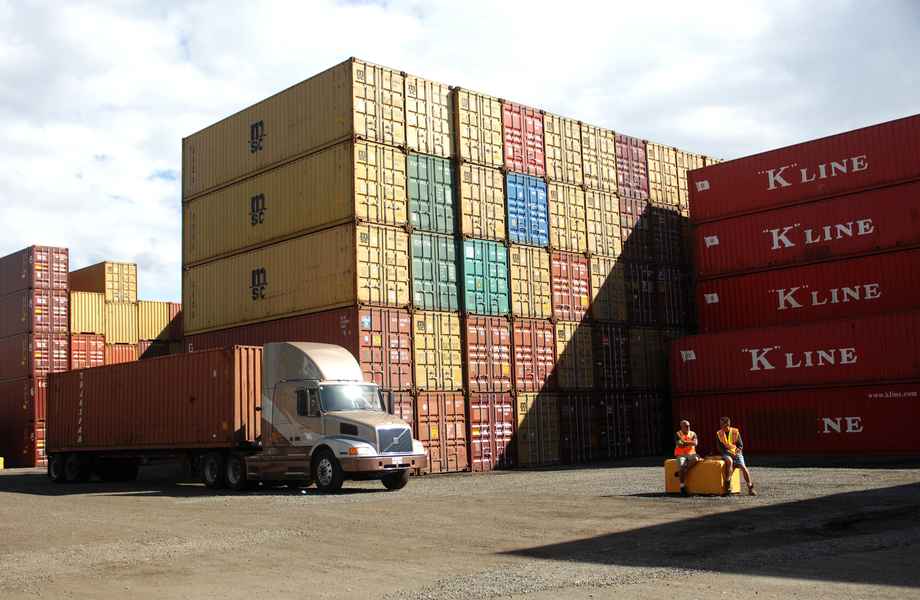
Click here to learn more about the advantages of intermodal transportation.
Benefits of Transloading Services
Transloading services provide shippers with many benefits. Three of the most important benefits are as follows:
- Reduced CostsTransloading services are a cost-effective way to bring ocean containers inland efficiently. They help shippers achieve cost savings through the following ways:First, goods from three 40-foot ocean shipping containers will fit into two 53-foot trailers or domestic containers. Additionally, being able to choose the mode of transport for different parts of a shipment’s journey allows shippers to select the most energy-/cost-efficient option. Container transloading also helps reduce empty transportation costs, such as returning containers to ports. All of these work together to provide shippers with significant transportation cost savings.Secondly, transloading services at the port can help shippers save on overall shipping costs by removing the need to use ocean containers for inland shipping. When these containers are used inland, shippers pay to utilize them, which increases the cost of shipping.
- Supply Chain Efficiency
Shipments that arrive at a port can be sent directly to the destination through transloading. This saves time and money. Special transloading storage facilities can entirely remove the need for shipping the products to a distribution center from the origin and then to customers. This is because shipments can be arranged or sorted at these transloading facilities. Transloading also includes additional value-added services such as shrink-wrapping or palletizing. These services reduce costs for companies that use multiple DCs that perform the same tasks, thus making the supply chain more efficient.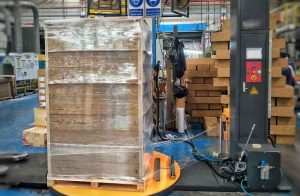 Through these ways and by providing a means to switch between different modes of transport, transloading services can improve the efficiency and flexibility of supply chains.
Through these ways and by providing a means to switch between different modes of transport, transloading services can improve the efficiency and flexibility of supply chains. - Faster Delivery
As mentioned above, transloading services can eliminate the need for shipping to a distribution center. By sorting products at a transloading facility near the origin/port, goods can be delivered much faster to customers. This is similar to the working of distribution centers, but deliveries can be made in a fraction of the time. Additionally, transloading services can reduce dwell times for shipments by making sure products don’t sit at ports, terminals, or warehouses awaiting their next move.
Conclusion
As seen above, transloading services can help ease the flow of containers in and out of ports and eliminate the need for distribution centers. This increases the efficiency of supply chains and ultimately cuts down on transportation costs, and increases customer satisfaction.
We hope you enjoyed reading the article. Please let us know your thoughts in the comments below. If you want us to write on specific topics, please contact us! Additionally, if you want to stay up-to-date with the latest transportation industry news and trends, you can follow us on LinkedIn, Facebook, and Twitter.
More Blogs
Here are some more articles that consist of topics about the logistics industry, modern transportation trends, and best practices to help your business expand. Read some of these articles to learn more.
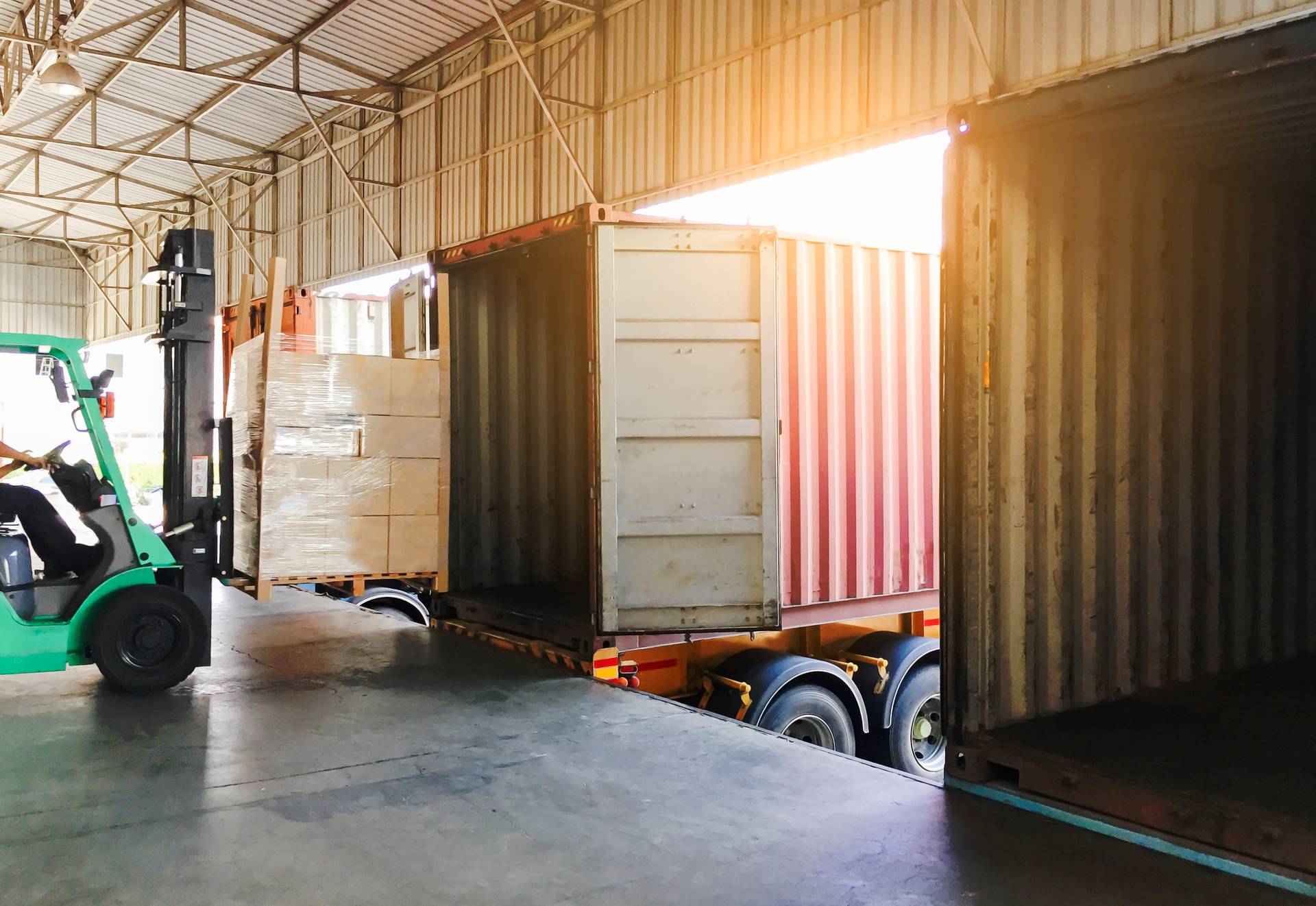
Third-Party Logistics LTL Shipping: Pros and Cons That You Should Know
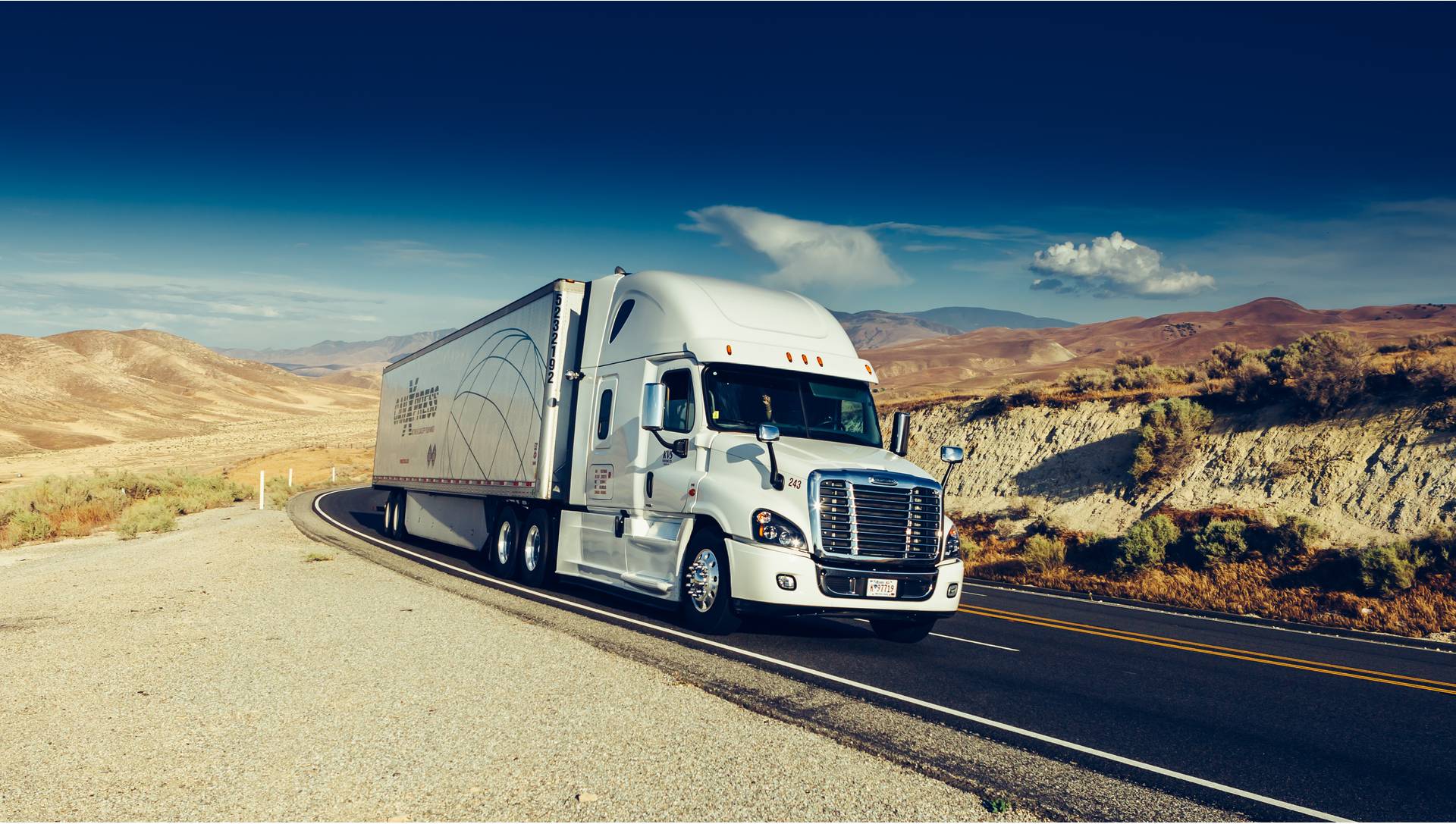
5 Tips for an Efficient Transportation Management Process
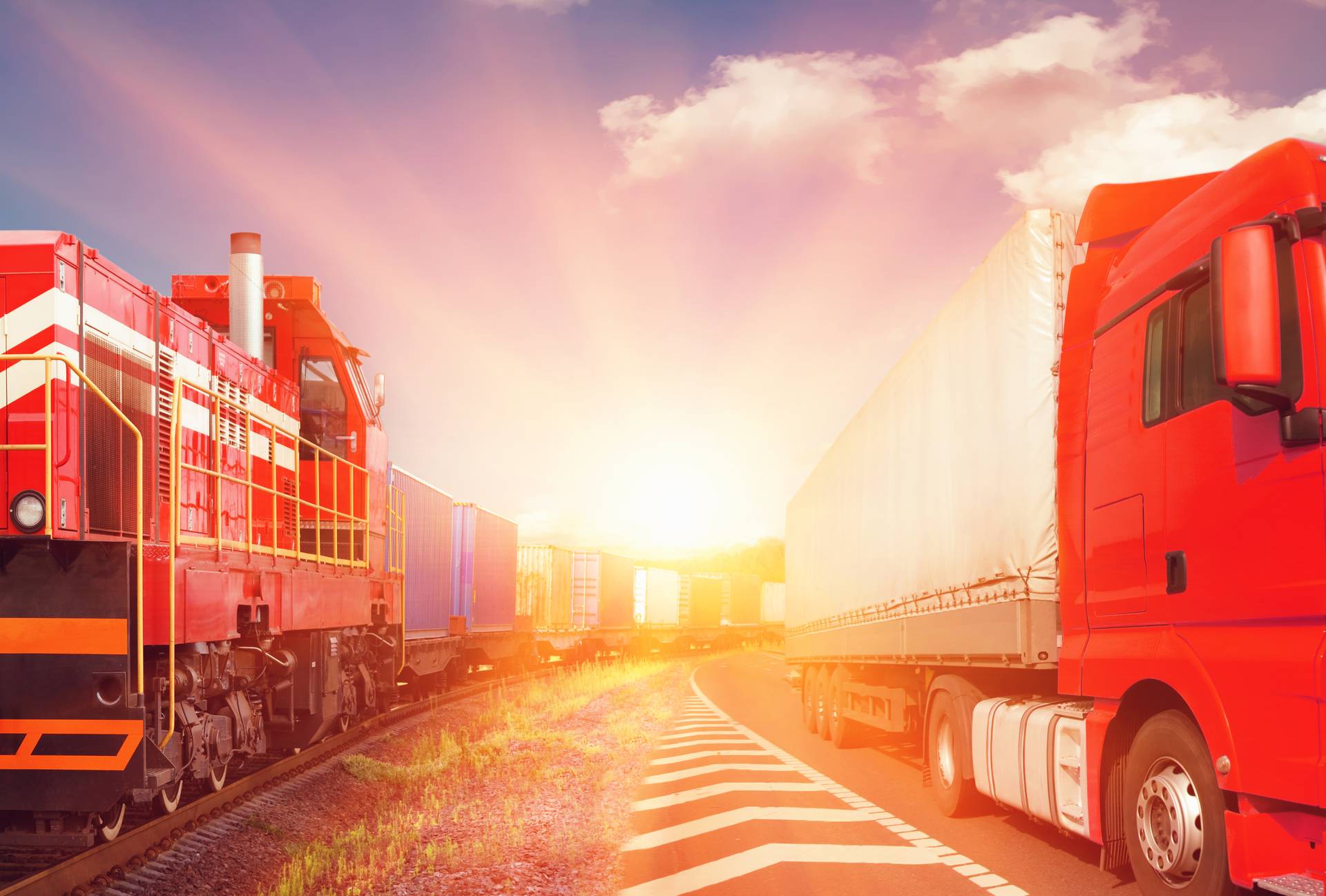

Comments 0